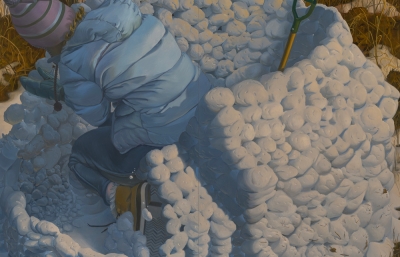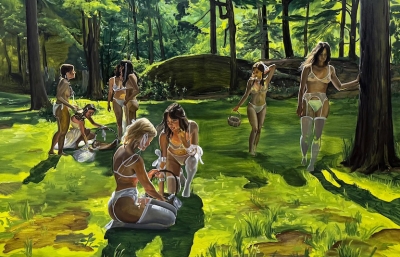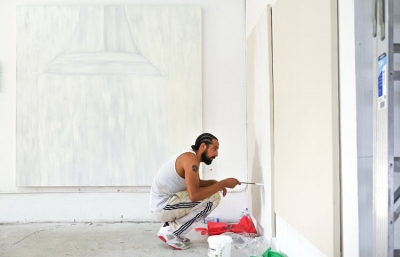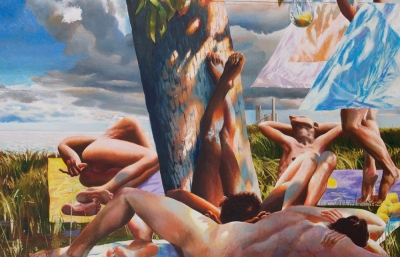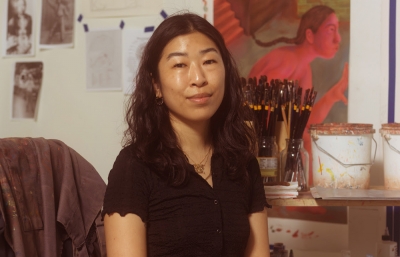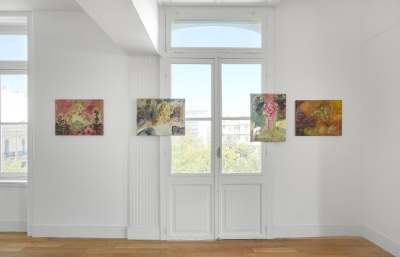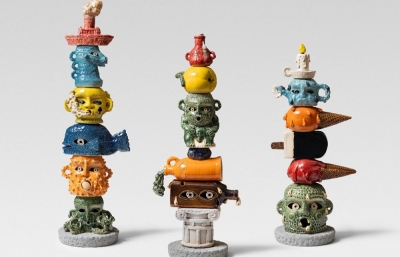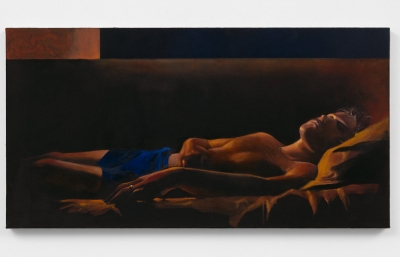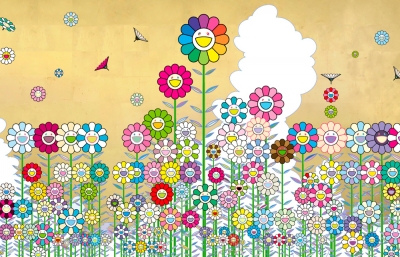Nieves González constructs a visual terrain where the legacies of pictorial memory intersect with contemporary urgency. This exhibition serves as a preview of a larger exhibition, featuring three paintings that exemplify González’s distinctive practice, which, as curator Victoria Rivers explains: "subjects the past to a poetic dissection" while revealing "new anatomies of the present". She opens a solo show at T293 in Rome on July 17, 2025.
Deeply rooted in the canon of art history, González's compositions critically engage with this legacy, establishing a productive tension between the inherited and the potential. In her works "classical canons undergo a deliberate metamorphosis, transforming the familiar into something both unsettling and provocative". Rivers notes that "this duality allows her work to be simultaneously recognizable and challenging" as the artist adeptly navigates the interplay between historical narratives and innovative aesthetics.
Each painting acts as a crucial node within a broader conceptual framework, positioning Western pictorial heritage not as a static museum artifact, but as "living matter susceptible to transformation". González’s oeuvre fosters a generational dialogue regarding tradition, interrogating the implications of inheriting a visual language in a world that has drastically reconfigured its perceptual codes. Her work serves as a converging ground between the sacred and the profane, unveiling the ambiguity inherent in the entirety of human experience.
Through her engagement with the dramatic potency of Spanish Baroque, González resists passive reverence, creating compositions that function as sites of tension. Each painting operates as a mnemonic exercise, wherein layers of rewriting overlap to forge new understandings of reality. Beneath each surface lies a network of images, establishing a conversation in which "each layer not only dialogues with the previous one but also interrogates, reinterprets, and transforms it" leading to meanings that emerge distinctly from the currents of contemporary life.
By encouraging us to reconsider our relationship with images, González facilitates a deeper understanding of the ongoing narrative she weaves within the intersecting domains of the classical and the modern.



